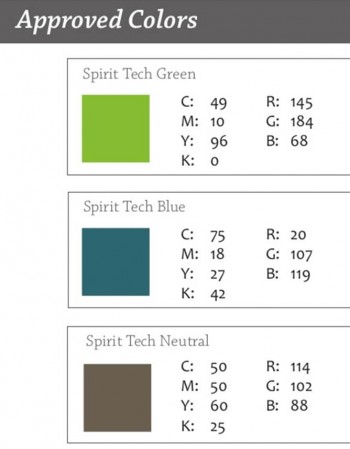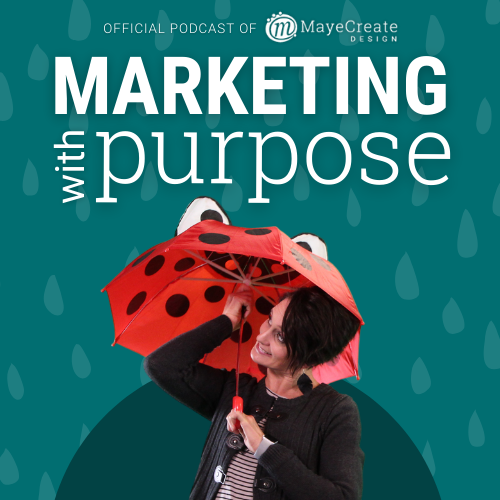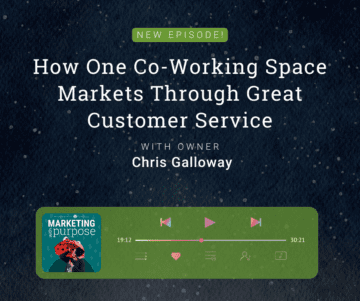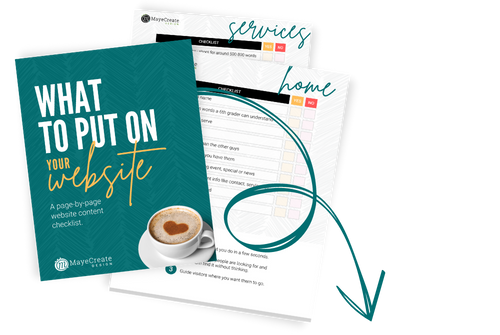Key Components of an Identity Guide
August 16, 2014
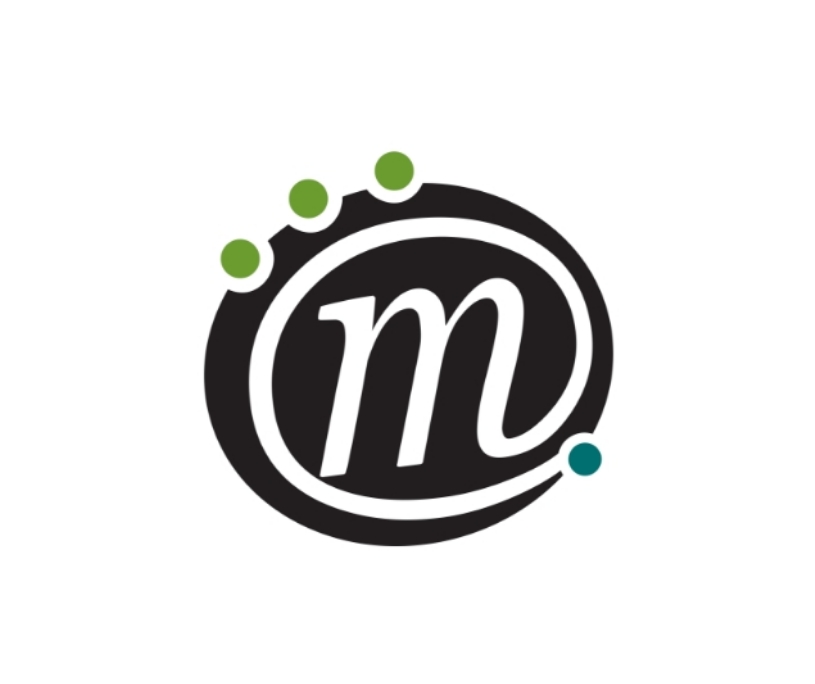
CONSUME CREATIVELY
This content is available in:
This content is available in:
TEXT
 Creating an identity guide, a complete outline of your branding guidelines/rules, for your brand is an important part of clearly establishing your brand identity. Having an identity guide also ensures clear communication of your branding expectations and serves as a great resource for existing and new employees alike to reference when designing for or promoting your brand.
Creating an identity guide, a complete outline of your branding guidelines/rules, for your brand is an important part of clearly establishing your brand identity. Having an identity guide also ensures clear communication of your branding expectations and serves as a great resource for existing and new employees alike to reference when designing for or promoting your brand.
9 Identity Components
1. Name/Logo
Including your company name in your identity guide might sound like a well duh component at first, but some companies are not always referred to by their full name. Think about Facebook’s logo…it’s just an “f” and a blue box. Answer the following questions to help you decide exactly how you want your brand name presented on the identity guide: 1) What do you call your company when you answer the phone? 2) Do you include the LLC, Inc., or .com in your name? 3) Do you currently or do you plan to refer to your company as an acronym?
2. Colors
Color helps people with brand recognition. Associate your brand with distinct colors from the get-go and be sure to choose colors that you don’t get tired of quickly.
3. Slogan/Tagline
A clever tagline can help with brand recall. Decide if you’ll incorporate a slogan or tagline with all of your promotional materials.
4. Website Address
Directing people to your website is one of the easiest ways to allow them to learn more about your business.
5. Legal Requirements
If your products or services are associated with certain legal requirements you’ll want to make sure those are clearly outlined to avoid messy situations.
6. Fonts
To keep your branding consistent you’ll want to stick with using a few select fonts. A fancy font may be used in your logo but you’ll want to choose a highly-legible font for content purposes.
7. Contact Information
Make sure people know how and where to find you! You can’t earn their business if they can’t contact you.
8. Photos
Imagery should be consistent across platforms to maintain a steady look and feel for your brand.
9. Spacing
You want your logo to stand out, not blend in. Determine how much padding, or surrounding space, your logo needs in relativity to other objects or design elements to help prevent your logo from being overlooked.
Determine Must-Have Identity Components
Once you’ve outlined each component you’ll want to determine which pieces of information must be included with all of your marketing materials. Take time to decide:
- What information is optional?
- What information is the most important?
Try to keep the list of must-have pieces to a minimum. Once you set your must-have list every single marketing material MUST include those elements. Remember that you can always add other components to your materials but you can’t ignore the must-haves.
Example Identity Guide: Spirit Techs
1. Approved Logo/Logos
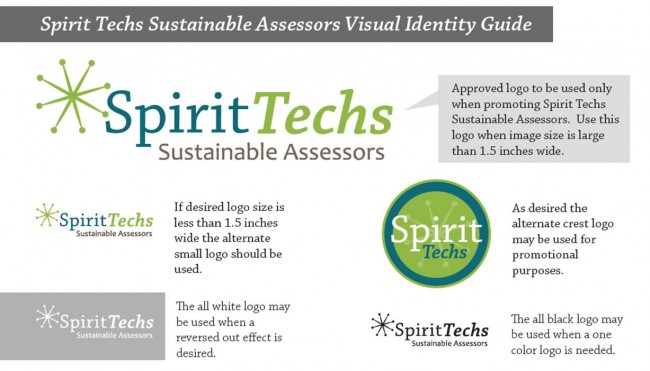
A visual identity guide should include the approved logo design and approved variations. Logo variations range from altered layouts, such as a logo crest designed for promotional purposes, size variations, and color treatments. Typically there are one-color and reversed out logo variations included.
2. Restrictions
Communicating what not to do with a logo is just as important as displaying approved logo treatments. When a logo is not used in a consistent manner it doesn’t maintain as strong of a connection with the brand’s identity. The restrictions portion of the identity guide includes important information such as:
- Spacing between the logo and other elements. A certain amount of padding is required to surround the logo so that other graphics or text don’t distract from the logo.
- Visual presentation. On the Spirit Techs identity guide, notice how displaying the logo crest in a tiled format is an unapproved way to use the logo.
- Color options. It’s important to indicate on the identity guide whether or not parts of the logo can be re-colored.
- Element placement. Restrictions are often placed on arrangement of logo elements.
3. Approved Colors
At the very least, remember to include the following three items in the approved colors section of an identity guide.
- Color blocks. Display the brand colors to visually communicate the approved colors to be used when promoting the brand.
- Color values. Include the exact CMYK and RGB colors values in this section so that designers for the brand can maintain consistent branding across platforms.
- Color names. Give each color a name to make identification of the color easy. If the color doesn’t already have an established name or if you’re feeling creative, make one up. The name can be as simple as putting your brand name with the color. For example, Spirit Tech Blue.
4. Approved Fonts
This section of the identity guide lists out font types that may be used in association with the brand, including fonts on websites, t-shirts, advertisements and any other promotional material. List the fonts out and style them in accordance with the font type. Some identity guides note fonts that may be used as a substitute if the approved fonts are not available on your system.
5. Digital Logo Kit Contents
The identity guide is only a part of the entire logo kit. Digital copies of the logo images will probably be provided to you by your designers. Although these contents exist separately, it’s important for the identity guide to explain which image files should be used in certain circumstances, such as a high resolution image for printing on signage or a low resolution image for digital platforms.
[hs_action id=”10595″]
Who Manifested This Madness?

This fabulous human, that's who.
Monica Maye Pitts
Monica is the creative force and founder of MayeCreate. She has a Bachelor of Science in Agriculture with an emphasis in Economics, Education and Plant Science from the University of Missouri. Monica possesses a rare combination of design savvy and technological know-how. Her clients know this quite well. Her passion for making friends and helping businesses grow gives her the skills she needs to make sure that each client, or friend, gets the attention and service he or she deserves.

